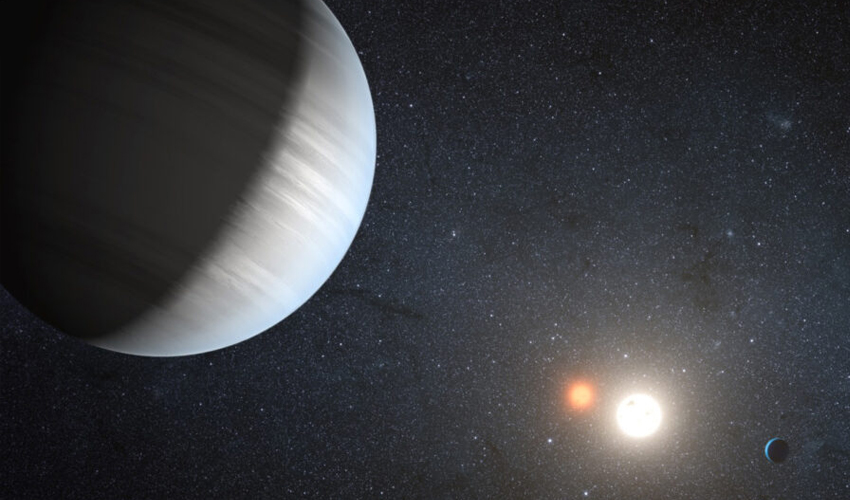In the vast realm of space exploration, NASA's Kepler mission left an indelible mark. After more than nine fruitful years dedicated to planet-hunting, the Kepler Space Telescope ceased its mission in 2018. During its operational lifetime, Kepler discovered thousands of exoplanets, and many of these celestial bodies now bear its name. However, the mission also generated an enormous trove of data that continues to captivate exoplanet scientists.
Within this treasure trove of information, a team of researchers has unearthed new insights into a remarkable seven-planet system, tucked away in Kepler's expansive data archive.
The star at the heart of this intriguing system is Kepler 385, residing approximately 4,670 light-years away. While some of its planets were confirmed as far back as 2014, others remained candidates. In a recent update to the catalogue of exoplanet candidates, researchers have not only confirmed the remaining planets but have also divulged fresh details about this rare planetary system.
The study, published under the title "Updated Catalog of Kepler Planet Candidates: Focus on Accuracy and Orbital Periods," boasts Jack Lissauer as its lead author, a research scientist affiliated with NASA's Ames Research Center. This valuable resource will find its place in the Journal of Planetary Science, furthering our understanding of these distant worlds.
"We've assembled the most accurate list of Kepler planet candidates and their properties to date," stated Lissauer. "NASA's Kepler mission has discovered the majority of known exoplanets, and this new catalogue will enable astronomers to learn more about their characteristics."
Kepler 385's planetary system has been known to scientists for some years, with certain planets confirmed in 2014 while others remained candidates. However, thanks to updated methodologies and refined data, fresh insights and discoveries have emerged.
The newly released catalogue comprehensively covers all known Kepler planet candidates that orbit and transit only one star. Within this compendium, the Kepler-385 system stands out prominently. This intriguing star system boasts seven planets situated in close proximity to their host star, basking in its scorching heat. While all seven planets are larger than Earth but smaller than Neptune, their proximity to Kepler 385 has garnered significant interest.



























